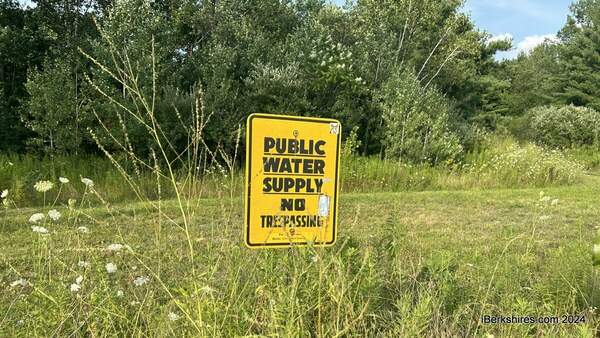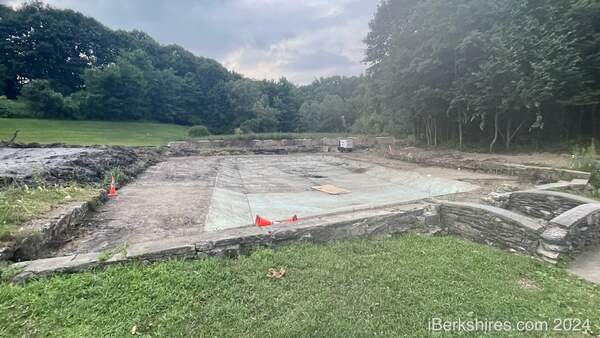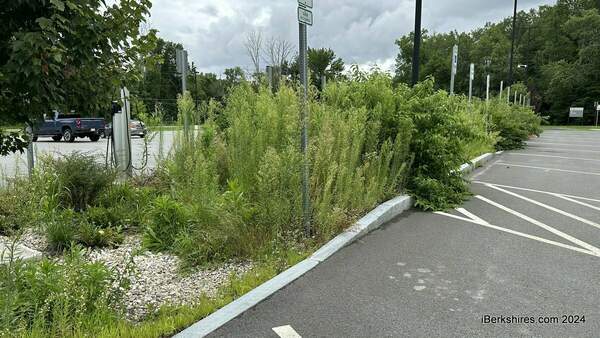STOW—State Fire Marshal Jon M. Davine announced that the Department of Fire Services will begin tracking fires involving lithium-ion batteries, which are increasing in frequency nationwide and have killed more than a dozen people in New York City this year.
"Across the country, and most visibly in New York City, fires caused by or involving lithium-ion batteries are on the rise, and often with deadly consequences," State Fire Marshal Davine said. "One of the greatest challenges in addressing the increase in these fires is quantifying them. We are launching a new effort to gather more and better data on lithium-ion battery fires in Massachusetts."
Massachusetts fire departments report their fire data to DFS using the Massachusetts Fire Incident Reporting System (MFIRS), which mirrors the National Fire Incident Reporting System (NFIRS). The NFIRS tool gathers data on battery fires but does not distinguish between various types. Fires may also be coded by the type of device rather than the type of battery, missing the factor that makes lithium-ion battery fires particularly dangerous.
To address this, the Massachusetts State Police Fire & Explosion Investigation Unit assigned to the State Fire Marshal's office will now gather certain additional information whenever they respond to fires that may involve lithium-ion batteries. This will include the make and model of the device, where it was purchased, whether it was charging at the time of the fire, and information on the battery itself.
Because the great majority of fire investigations in Massachusetts are undertaken by municipal fire departments without state assistance, State Fire Marshal Davine has requested that local fire investigators gather the same information. Toward that end, DFS has created a checklist known as the Form FP-031 to assist them in gathering this detailed information. This checklist, which has been sent to the chiefs of all of Massachusetts' fire departments and posted to the DFS website, was first announced Friday at a lithium-ion battery fire symposium hosted at DFS headquarters in Stow.
"We believe these batteries are underreported as a factor in significant fires," said State Fire Marshal Davine. "More comprehensive data will help the fire service gauge the true scope of the issue and help guide future regulations and legislation."
Lithium-ion batteries power everything from small devices like e-cigarettes and smartphones to scooters, e-bikes, and electric vehicles. If they are overcharged or abused, they can fail rapidly and without warning. A lithium-ion battery that goes into thermal runaway will erupt in an explosion of toxic gases and flames that will ignite nearby furnishings. Water and traditional fire extinguishers are significantly less effective against burning batteries.
State Fire Marshal Davine offered the following safety tips for preventing lithium-ion battery fires:
-
Be sure you have working smoke alarms installed on every level of your home.
-
Use only the original equipment manufacturer's batteries and charging equipment. Aftermarket or generic batteries and chargers may be cheaper but are more likely to pose a burn, fire, or explosion hazard.
-
Store scooters and e-bikes outdoors if possible. If you must store them indoors, keep them and their batteries clear of doors, windows, and stairways.
-
Charge the battery directly from a wall outlet, not an extension cord or power strip. Place it on a hard and stable surface, not a bed, couch, or pillow.
-
Charge only one battery or device at a time and unplug it when it's fully charged. Don't allow a charged battery to continue charging.
-
If you notice changes to the battery or the device, including damage, an unusual odor, a change in color, too much heat, change in shape, leaking, smoking, or not keeping a charge, stop using it right away.
-
If and when it's time to dispose of the battery, don't put it in the trash. Lithium-ion batteries should be recycled, and you can find a location to take them at https://www.call2recycle.org/locator/.
Residents can learn more about lithium-ion battery safety at the Department of Fire Services' website.















